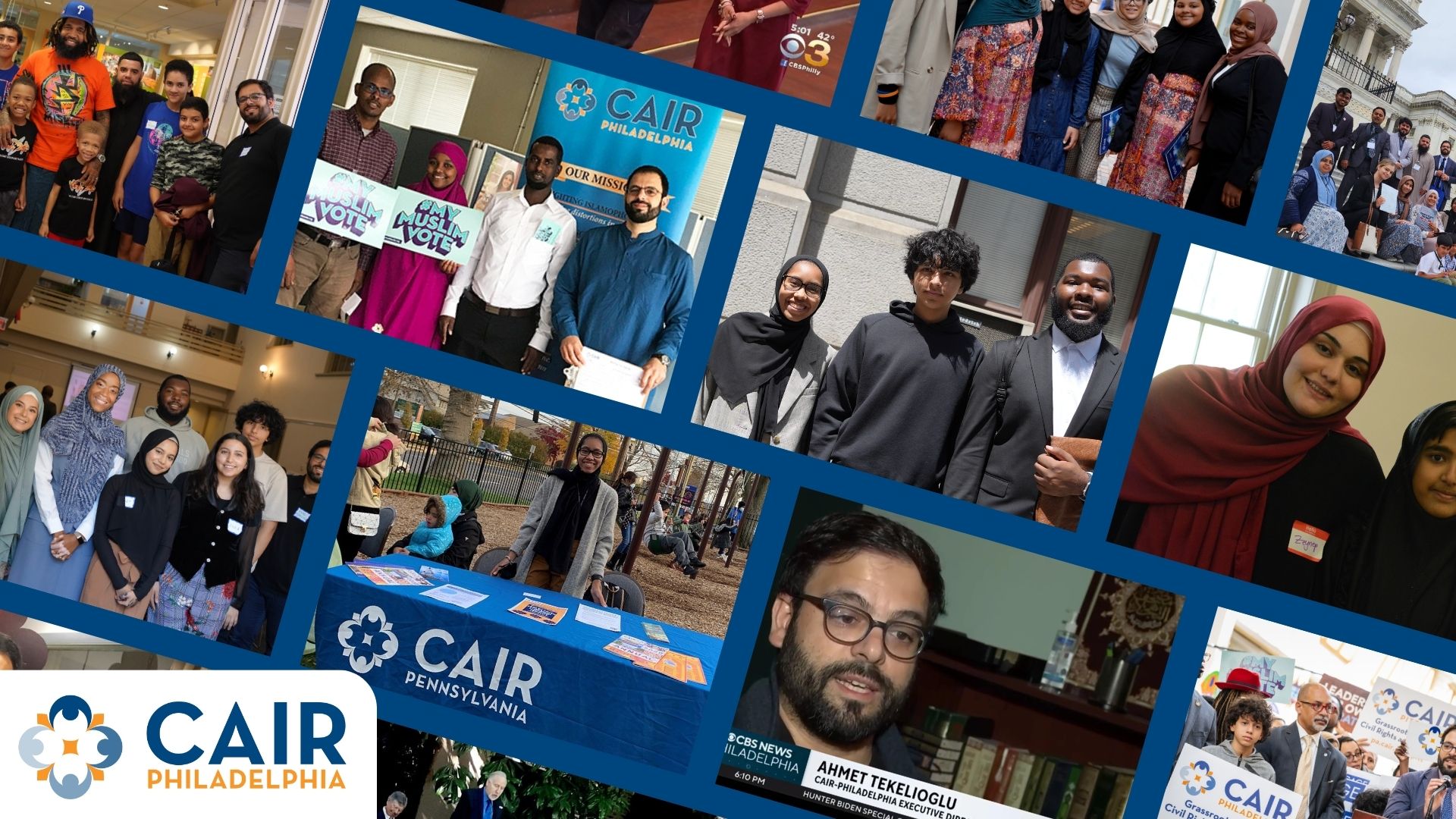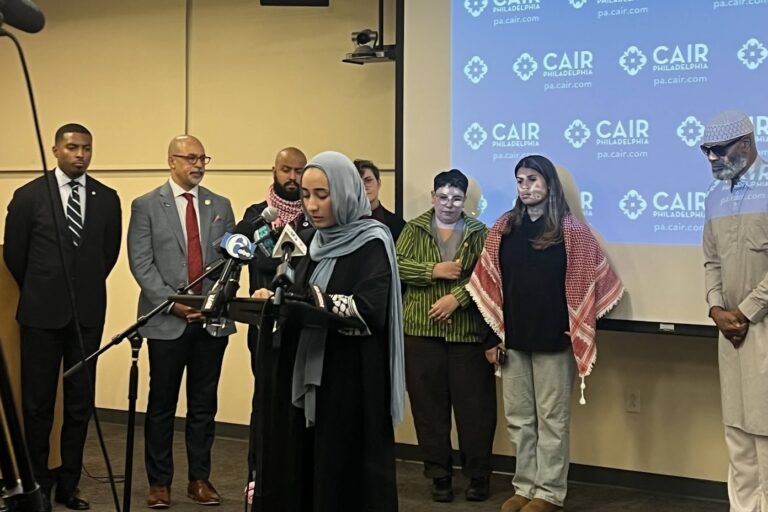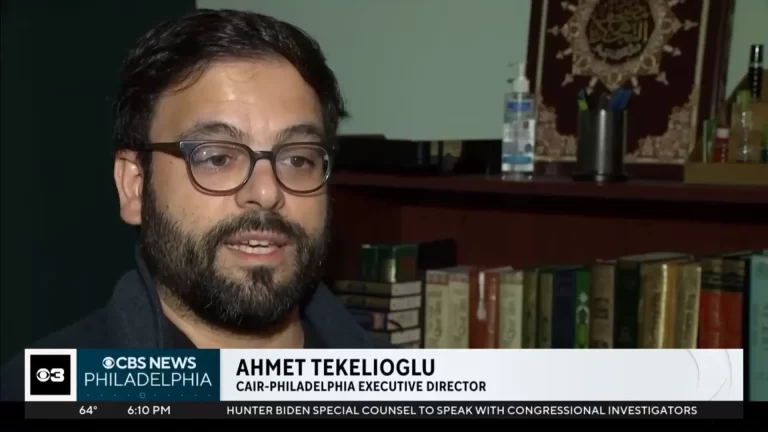![]()
by Justin McAneny
Daily Local News, January 23, 2009
The world is small. We have television; we have the Internet; we have long distance phone calls. We share a lot of information.
But what is also arguably small is our understanding of one another. We see religious conflicts around the world on our televisions, on the Internet and we talk, spreading our fears, understandings or ambivalence with our friends.
Yet, for as large and connected as the world is, there is the phrase, “Think globally, act locally.” If we can find a way to understand those around us that are different, through television, the Internet and talking with our friends and family, we can possibly change perceptions around the world.
It’s possible one of the biggest ideas that needs to be grasped at the moment is that of the Islamic religion and Muslims — those that practice Islam. The world’s population is more than 6.7 billion people with a majority practicing one of the 19 major religions. And of that, religioustolerance.org estimates Muslims represent about 20 percent of the world’s population and Christianity at 33 percent worldwide. That’s more than half of the world’s population in two religions.
Those that practice either religion are tied together — through culture, history, foreign policy and day-to-day activity. It’s that idea that Malvern’s Iftekhar Hussain wants people to understand. And that’s why he’s teaching a 10-week class at both Grove United Methodist Church in East Bradford and the Unitarian Fellowship of West Chester.
Hussain, who moved to the United States from Bangladesh 26 years ago, has been teaching classes in the Delaware Valley area for the last 6 or 7 years, he said. He helped found CAIR, the Council on American-Islamic Relations, Pennsylvania chapter. Part of the nonprofit’s mission statement, Hussain said, is to educate and help spread the true ideas of Islam, especially in a post Sept. 11, 2001, world, where he believes Muslims face discrimination. “We address this issue through education.”
The 10-week classes attempt to teach the basic beliefs and traditions of Islam and “why they are what they are,” Hussain said.
To do this, Hussain said he will focus on three primary areas: to compare and contrast Christianity, Islam and Judaism and their similarities and differences; to discuss Islam throughout history; and to discuss foreign policy involving Islam throughout the world.
The holy texts for each religion, Christianity with the Bible, Islam with the Koran and Judiasm with the Tanakh, each share the idea of prophets, societies and text, Hussain said, but differ in views of Jesus. With misunderstandings already in place, add politics to religion and “that’s when things get mixed up,” he said. “That’s the point of the course … to demarcate the mix ups.”
To do that though, there has to be an understanding of Islam throughout history and “an evolving understanding of the (Koran),” Hussain said.
Part of the misconceptions with Islam, Hussain said, is “the view that all Muslims practice the same way.” There are cultural and traditional differences within Islamic teachings — especially with gender and women.
Hussain also compared Jews in the United States to Muslims. When Jews first immigrated, they were a minority that was looked down on and that has
changed. “Muslims are next,” he said.
The third topic involves how foreign policy across the world address Islam and Islamic nations, from wars to alliances. And that he said takes around 1/5 of the course time.
Hussain said most of the people that take his class come in and say, “‘explain to us why Muslims think this way.'” The course is designed to change the reasons behind that question. “Hopefully,” Hussain said, “the person comes out with a more informed perspective. … I’ve never seen a class I’ve taught that hasn’t helped people change their opinion about Islam or Muslim societies.”





